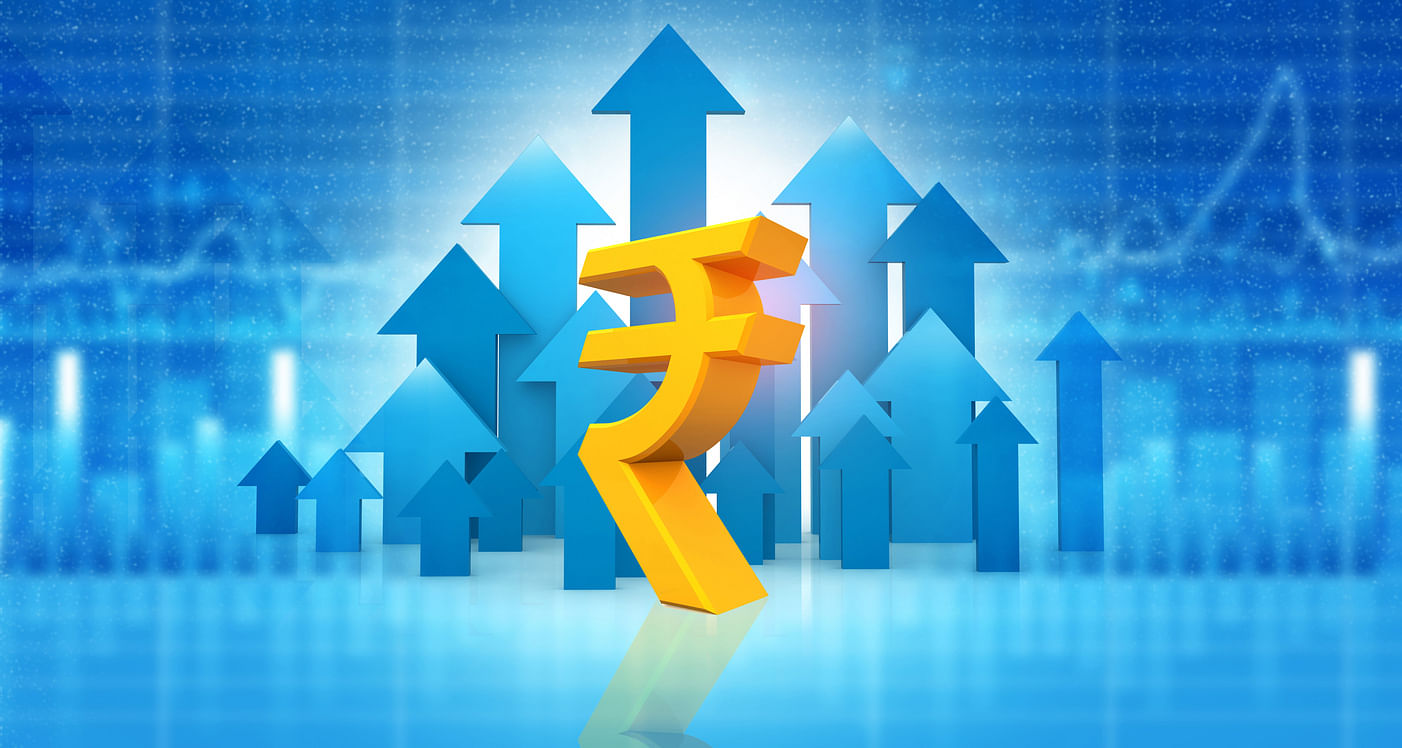
India will introduce a "digital rupee" and impose a 30 per cent tax on profits from virtual currencies, the Finance Minister announced in the Union Budget Tuesday.
Sitharaman said the Reserve Bank of India would introduce a digital currency or "digital rupee", based on blockchain technology, by the end of March 2023.
"Introduction of central bank digital currency will give a big boost to (the) digital economy. Digital currency will also lead to a more efficient and cheaper currency management system," she said.
What are digital currencies?
Central bank digital currencies (CBDC) is a legal tender and a central bank liability in digital form denominated in a sovereign currency and appearing on the central bank's balance sheet. It is in the form of electronic currency, which can be converted or exchanged on a par with similarly denominated cash and traditional central bank deposits. Innovations are changing the payments space rapidly.
A digital rupee or currency is dematerialised rupee, a regulated currency, and is different from cryptocurrency, not legal and unregulated in India.
The RBI defines CBDC as the legal tender issued by a central bank in a digital form. It is the same as a fiat currency and is exchangeable one-to-one with the fiat currency. Only its form is different.
Differentiating it from cryptocurrencies, the RBI said, "CBDC is a digital or virtual currency but it is not comparable to the private virtual currencies that have mushroomed over the last decade. Private virtual currencies sit at substantial odds to the historical concept of money. They are not commodities or claims on commodities as they have no intrinsic value; some claims that they are akin to gold clearly seem opportunistic. Usually, certainly for the most popular ones now, they do not represent any person’s debt or liabilities. There is no issuer. They are not money (certainly not currency) as the word has come to be understood historically."
Digital rupee; tax on virtual assets
Sitharaman's Budget announcements to tax digital assets are a blow to what could be a fast-growing cryptocurrency market, which has remained unregulated despite burgeoning local trading platforms and glitzy celebrity endorsements.
They make India the latest major emerging economy to rein in the sector, after China went even further by outlawing all cryptocurrency transactions last September.
"There has been a phenomenal increase in transactions in virtual digital assets," finance minister Nirmala Sitharaman told parliament, adding that the growth necessitated a proper tax framework.
Profits made trading cryptocurrencies and other digital assets will be taxed at 30 per cent, while any losses from digital transactions will not be granted offsets against other income.
A one-per cent tax will be deducted at the source for all digital asset transactions above an as-yet-unspecified threshold.
Addressing a press briefing in her post-Budget presentation, Sitharaman clearly said that the digital rupee is different from cryptocurrencies, which she classified as digital assets and unregulated. "I don't wait for regulation to tax those making profits on such assets (cryptocurrencies)," she said.
Check out the latest DH videos on Union Budget here: